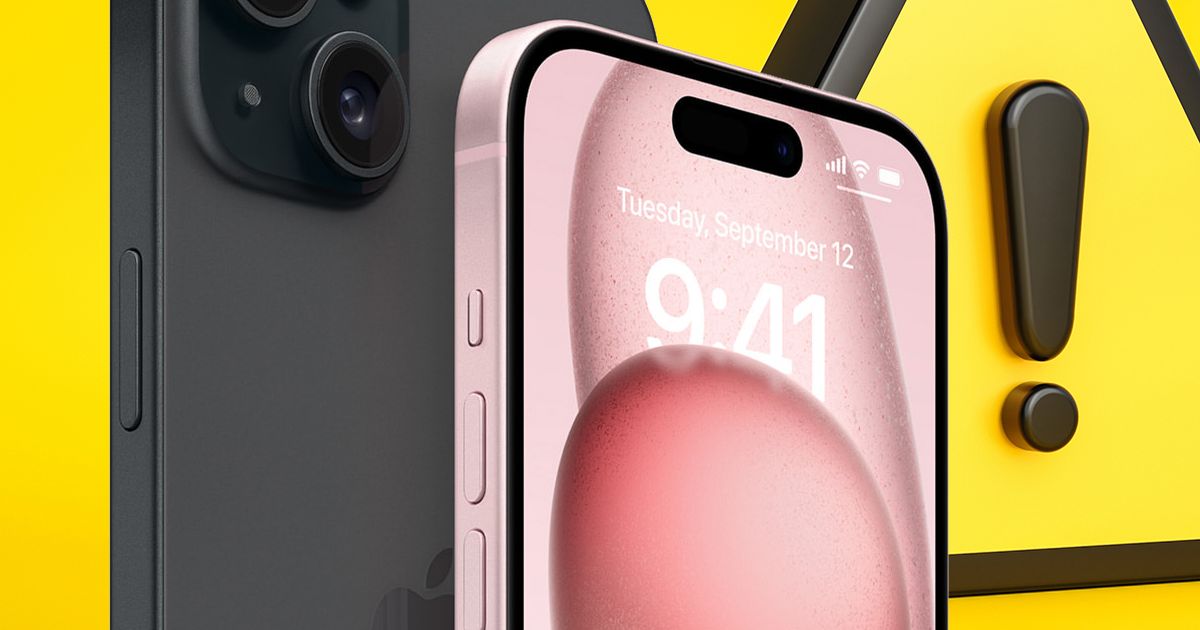iPhone owners are being warned about an elaborate new text scam that could give cyber crooks full access to devices.
Dave Snelling Technology Editor
07:49, 11 Nov 2025
 Apple iPhone warning(Image: APPLE • GETTY)
Apple iPhone warning(Image: APPLE • GETTY)
It’s not a secret that phone theft continues to rise. Recent figures show a whopping 117,000 smartphones were stolen in London alone last year, with that figure expected to be even bigger in 2025. With some iPhones worth over £1,200, it’s easy to see why criminals are targeting these valuable devices. Along with the financial cost, there’s also the worry of all the personal data that is stored on these gadgets, such as photos, bank details and private emails.
Luckily, thanks to some major security features from Apple – such as Stolen Device Protection – it can be pretty tough for crooks to physically use iPhones once they have been pinched.
However, that’s not stopping some from giving it a try, and if you find your iPhone has been snatched, you might want to watch out for a message that claims the device has suddenly been found.
According to the National Cyber Security Centre in Switzerland, criminals have come up with a sneaky way of trying to remove features such as Activation Lock.
This Apple security feature permanently links an iPhone to its owner’s Apple ID, rendering the device useless and unsellable to thieves. It even makes sure a password is required to turn off Find My, erase, or reactivate it if lost or stolen
According to the NCSC, online crooks are now sending personalised texts to the owner of the stolen device, which include a link to what looks like an official Apple website.
If fooled, the owner could unwittingly hand the code over to the crooks who can the access vital personal data and wipe the device so it can be sold.
“The scammers’ real goal is to remove the Activation Lock,” the NCSC explained.
“They send text messages or iMessages that appear to come from Apple, claiming that the lost iPhone has been found abroad. To make the messages look convincing, they include accurate details of the missing device – such as its model, colour and storage capacity – which the scammers can read directly from the phone itself. “
The NCSC says it is unsure how the crooks are gaining access to the user’s phone number, but it’s thought they might be getting information from the SIM card.
Another possible route is via Apple’s Find My feature: when a device is marked as lost, the owner can display a message on the lock screen containing contact details, such as a phone number or email address.
In a bid to keep iPhone users safe, the NCSC has now issued advice with five vital tips to follow. It’s also worth remembering. that Apple will never contact you out of the blue or ask you to click on links and hand over personal data.
If your iPhone is stolen, it’s wise to follow these rules.
• Ignore such messages. The most important rule is: Apple will never contact you by text message or email to inform you that a lost device has been found.
• Never click on links in unsolicited messages or enter your Apple ID credentials on a linked website.
• If you lose your device, act immediately: enable Lost Mode straight away via the Find My app on another device or at iCloud.com/find. This will lock the device.
• Be careful about which contact details you show on your lost device’s lock screen. For example, use a dedicated email address created specifically for this purpose. Never remove the device from your Apple account, as this would disable the Activation Lock.
• Make sure your SIM card is protected with a PIN. This simple yet effective measure prevents criminals from gaining access to your phone number.

